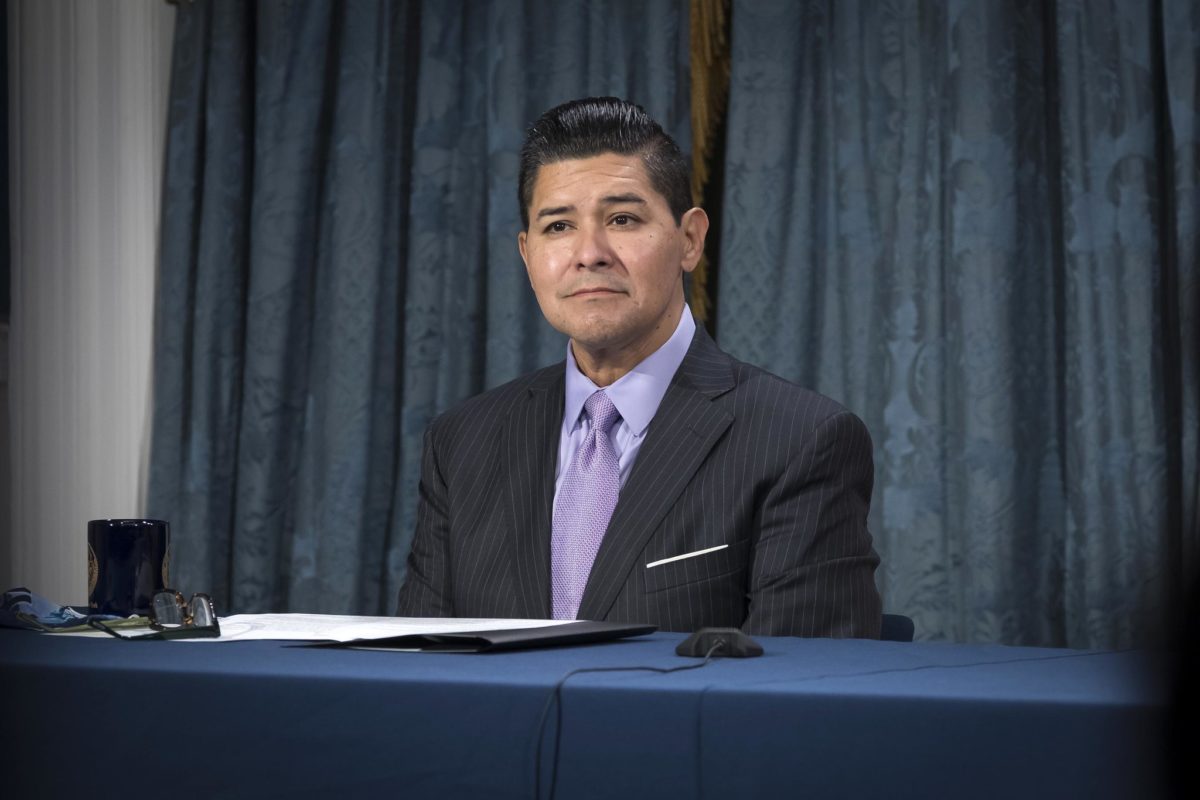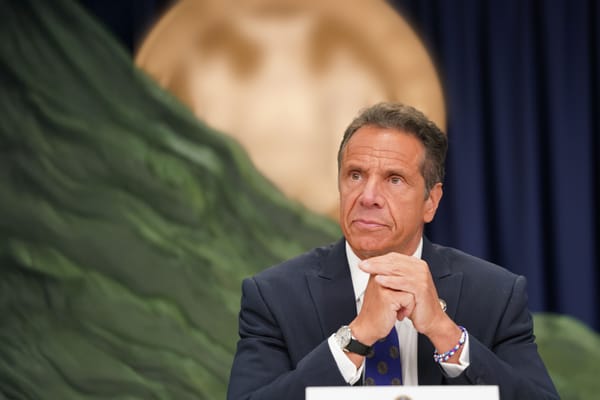NYC is scrambling to check buildings before schools reopen. But some educators say they’re discouraged from reporting problems.


By Amy Zimmer and Christina Veiga, Chalkbeat New York
Before any of New York City’s roughly 1,700 public schools can reopen their buildings, the education department must sign off on everything from whether the HVAC system is working and nurses offices are properly ventilated to whether school entry and dismissal policies are in place.
With about two weeks left before school starts, Mayor Bill de Blasio announced Tuesday a last-minute effort to send teams of engineers from the School Construction Authority to conduct classroom-by-classroom inspections of ventilation systems.
Meanwhile, the education department had already tasked hundreds of educators — instructional leaders, achievement coaches, and others who work in the city’s borough offices — to begin doing walk-throughs of school buildings this week. The education department only announced the engineer inspections after Chalkbeat inquired about having educators who felt unqualified for the task doing detailed inspections. These educators will still make a determination about whether school buildings are safe to reopen. Many say that they haven’t been trained what to look for and that they are being asked to wave inspections through even if they find red flags.
“Under no circumstances should you complete a survey and indicate that the building is not ready to open without consulting the Director of Operations,” stated a memo obtained by Chalkbeat that had been sent from the director of operational support to education department staffers tasked with conducting walk-throughs.
Education department officials said that educators should direct serious concerns to the director of operations so the issues could be addressed immediately — in addition to noting the problems on the form.
Veteran education department staffers felt the requirement to call was to discourage reporting problems. Before a regular school year, the education department relies on educators from borough offices to do building walk-throughs, and typically asks them to avoid indicating that a building is not ready.
Many of these employees have long had reservations about the practice. This year the stakes are much higher, with mounting evidence that the coronavirus is more likely to spread indoors and, therefore, proper ventilation and other building safety protocols will be key to keeping students and teachers safe. The inspection form they must fill out, typically about 10 pages, is 37 pages this year. Chalkbeat talked with several of these staffers. All requested anonymity for fear of reprisal.
“Even in normal times I had concerns about the process, that it was just a push to get buildings open,” said a borough office employee. “Now with all of the other things that need to be taken into account — we’re not experts in this.”
The education department said the new teams of engineers would lend additional oversight and expertise to the educators’ walk-throughs, but did not elaborate on how they would work together. De Blasio assured that ventilation problems would be fixed, or else classrooms, and potentially entire buildings, would be taken offline.
The education department said 200 engineers would be dedicated to inspecting buildings. Of those, 160 are consultants and the rest will come from the school construction authority. Officials vowed the job would wrap up in one week. They are expected to do thorough room-by-room inspections in the same amount of time that droves of educators have been charged with doing “spot checks” of the same buildings, raising some concerns about how the job can get done on such a short timeline.
“Having done these walk-throughs in the past when they were 10 pages, we were told not to check everything, just to spot check. Even then, it was difficult to get them done on time,” said an instructional lead from a borough office assigned to do walk-throughs. “Now you’re adding, at the last hour, people who don’t know the buildings to do 100% more thoroughness than we ever did. It feels like yet another last-minute Hail Mary pass.”
This educator remained wary of the process and felt uncomfortable having to assess building facilities.
“I don’t know what I am doing,” the educator said.
This employee’s job is to coach educators to teach children, the staffer said, not to understand the intricacies of HVAC systems. The education department is still requiring these experts in teaching and learning to make judgments on ventilation and many other building-preparedness measures.
“Is there proper ventilation in the nurse’s office? How would I know what proper ventilation would be? What’s the standard for that?” asked an instructional lead from another borough office. “It’s inappropriate and insufficient and inadequate to rely on instructional people to suddenly know about building systems.”
The walk-throughs are also supposed to determine if a school has installed sufficient social distancing signage and floor decals, among other factors. But the staffer was unsure what to look for. This employee also was concerned about receiving no guidance on whether to wear a mask and gloves on the school visits or if schools would take the temperature of the individuals conducting walk-throughs or ask them about their recent travel history.
The union representing the educators charged with the walk-throughs had reservations even in light of the additional layer of engineer inspections.
“While education administrators have traditionally conducted building walkthroughs, the task is particularly concerning this year for obvious reasons,” said Mark Cannizzaro, president of the Council of School Supervisors and Administrators. “While these evaluations are absolutely necessary, the DOE is asking instructional specialists to make safety assessments regarding COVID-19 preparedness that are well beyond their expertise.”
Education department officials pledged that buildings would be ready in terms of health and safety, with multiple walk-throughs of each building by administrators, central staff, facilities staff, and professional engineers.
“No room will go unchecked, and no detail will go overlooked in the pursuit of safety for our young people and staff,” said education department spokesperson Nathaniel Styer.
Editor’s note: After this story was published, education department officials clarified that educators should mark deficiencies on the city’s forms in addition to making calls to operations directors. The story is updated to reflect that.
Chalkbeat is a nonprofit news site covering educational change in public schools.




